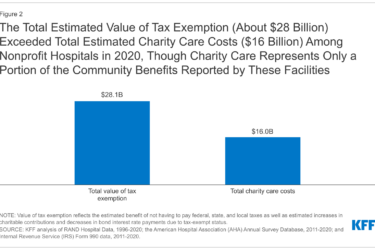 With all the attention on Medicare for All, it’s easy to forget that congressional Democrats have another important health care agenda: shoring up the Affordable Care Act.
With all the attention on Medicare for All, it’s easy to forget that congressional Democrats have another important health care agenda: shoring up the Affordable Care Act.
A bunch of proposals are floating around. It’s worth checking out whether your state legislators or regulators have similar ideas of their own to strengthen their individual markets, such as adding more generous subsidies or forms of reinsurance. Here is a sample of proposals that are at least now getting a hearing in the House. (This list is adapted from a summary issued by the House Energy and Commerce Committee for spring hearing — it’s not all-inclusive of every idea of every Democrat.)
High costs, particularly for those who don’t qualify for subsidies in the exchanges, are still a challenge. The ideas being discussed, as you will see, are fairly modest. If this were a home project, it would be a bunch of repairs rather than a remodel:
- The State Health Care Premium Reduction Act, as its name suggests, attempts to reduce premiums, providing $10 billion a year for states to establish reinsurance programs and other program. The goal is to help prop up insurers with big losses so they don’t have to charge customers as much and thus stabilize premiums. Alternatively, states could use the money to help people in ACA plans pay out-of-pocket costs. CMS also would have to establish a reinsurance program for states that do not apply for federal funding.
- The Expand Navigators’ Resources for Outreach, Learning and Longevity Act (ENROLL) would set aside $100 million a year to build up the navigator program again. Navigator programs, funding for which was sharply cut by the Trump administration, help people sign up for insurance in states that use HealthCare.gov, the federal marketplace. They are particularly focused on hard-to-reach populations with less health care, or at least health insurance, literacy. The bill also would restore the requirement that each state have at least two navigator entities – and they’d have to be competent to do the job as defined within the ACA.
- The State Allowance for a Variety of Exchanges Act (SAVE) would provide states with $200 million in federal funds if they wanted to move from a federal to a state-based ACA marketplace. Those funds were part of the ACA originally, but the window to use them had expired.
Like I said, these are pretty modest ideas – and even these proposals will have a tough time making it through the Senate. But they are just one wave of ideas. Watch out for more steps to shore up the marketplaces and address rising premiums, particularly for people who don’t qualify for premium subsidies, as the year progresses – and as divided Democrats work out how to both act on and message the immediate goal of stabilizing the Affordable Care Act while moving ahead on the more aspirational Medicare for All.









